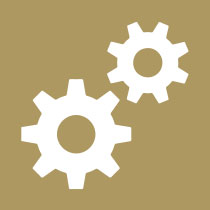Talking Cents
|
December November October September August July June May April March February January |
Non-Current assets and depreciation, explained by our Melbourne small business accountantsAssets are resources owned and controlled by an organisation, in which future economic benefits are expected to arise from. Our Melbourne small business accountants categorise assets into both current and non-current assets. A non-current asset is any tangible resource that is expected to be used in the normal course of operations for more than one year and is not intended for resale. When recording non-current assets, our accountants for small business in Southbank record them at the cost of acquiring them, also known as the historical cost. All necessary costs incurred to get the asset delivered, installed and ready to use should be included, such as: Our small business accountants in Melbourne also want you to note that a non-current asset converts to an expense as it is used or consumed. This expensing is called depreciation, which is the process of allocating the cost of a non-current asset over its useful life. Depreciation is an application of the matching principle and because a non-current asset is used to generate revenues period after period, some of its costs should be matched to those same periods. For more information regarding non-current assets and depreciation, please contact our Melbourne small business accountants today. |




